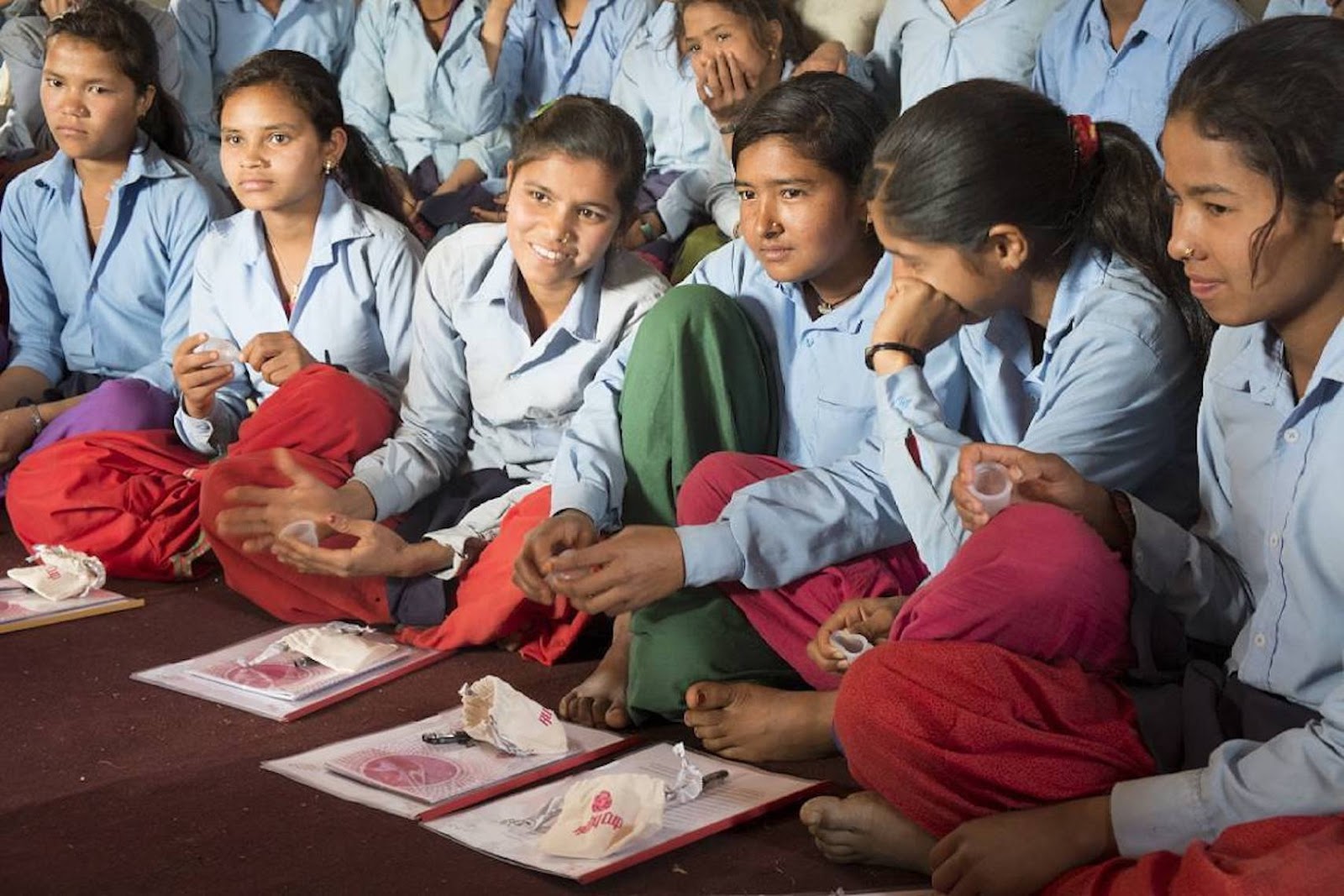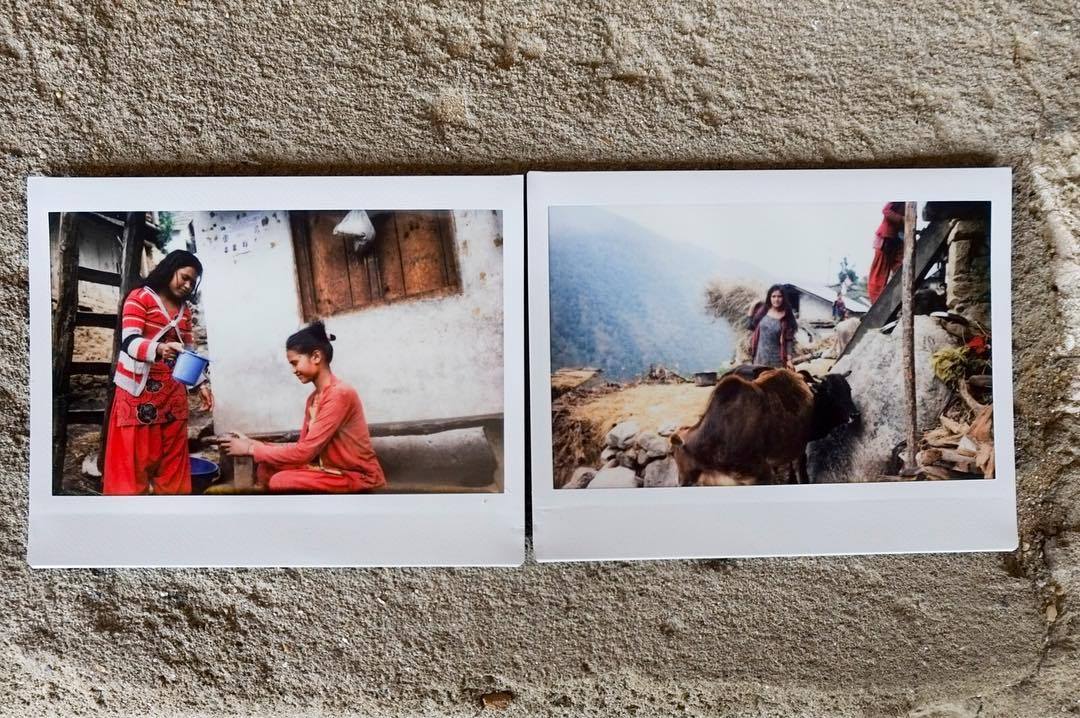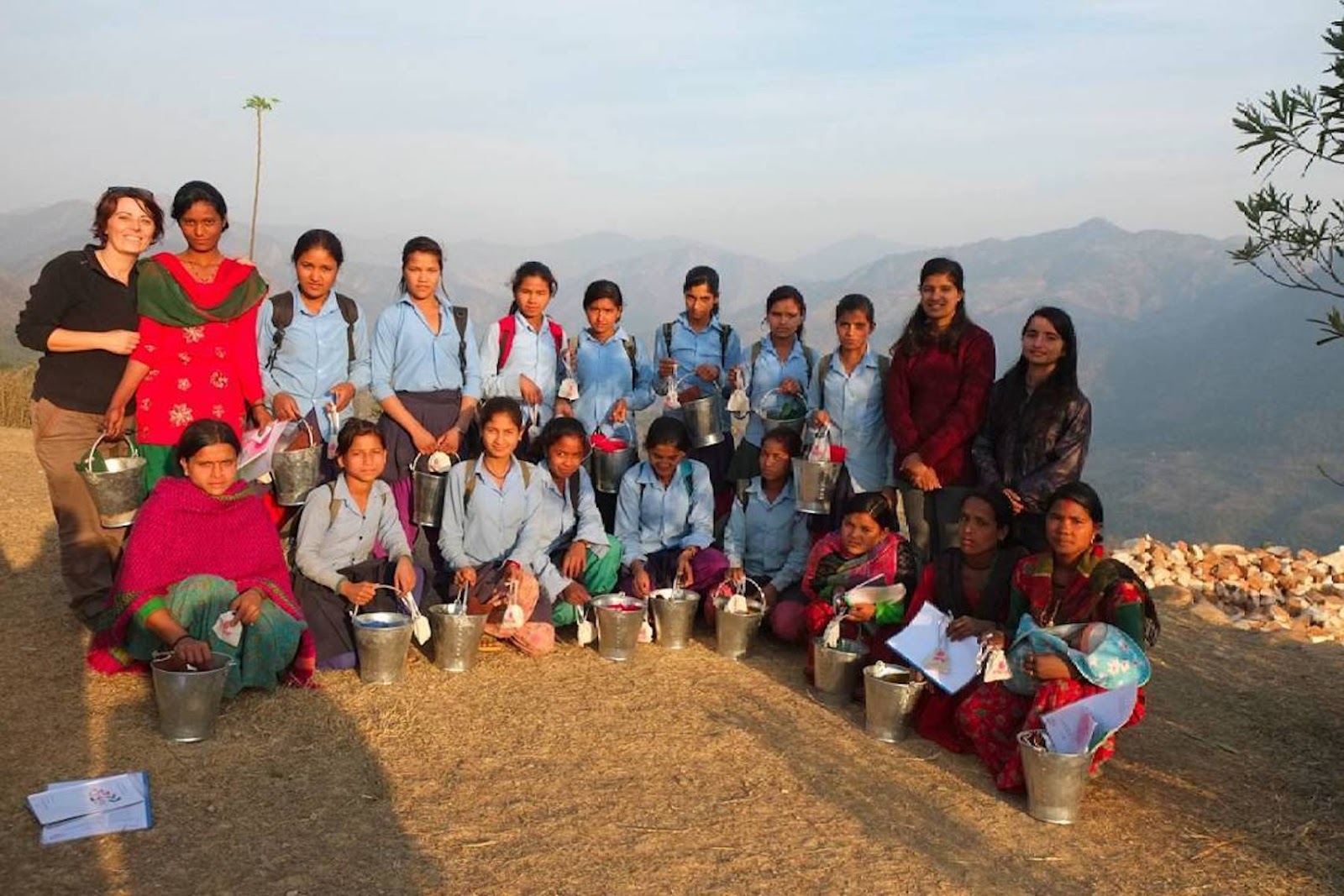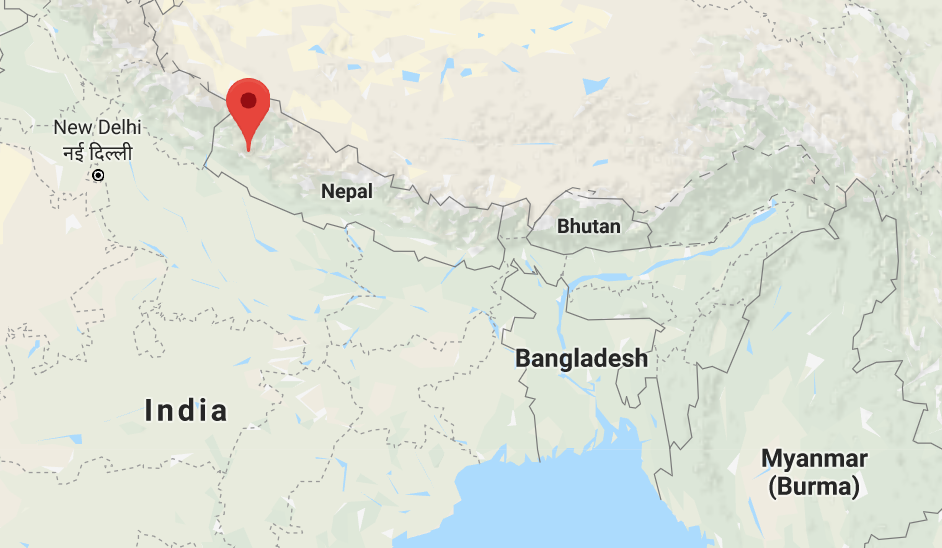This guest blog post was written by Clara Garcia Ortés, co-founder of be artsy NGO, whom you can read more about at the end of the article.

Talking about menstruation is still a taboo almost everywhere in the world, so both doing it in Nepal’s most remote Western villages and in public has been a funny (and worthwhile) challenge. We have been doing this as part of the Rato Baltin Project since March 2017, and every day is a surprise.
Participatory Photography & Education To Break Harmful Menstrual Taboos
The project aims to deliver menstrual health and sex education while incorporating participatory photography to tackle the tradition of chhaupadi. Chhaupadi requires girls to be kept separate from their houses and families during menstruation, as they are considered unclean- sometimes resulting in injuries, rape, missing school, humiliation, and even death.
In each village we visit, we run workshops that cover sexual education and puberty for boys and girls in school, menstrual health management (MHM) for women and girls’ groups, participatory photography (photovoice methodology), and Ruby Cup training with girls chosen for the pilot project.
As women carry the weight of household and community work, we are only able to run 3-day workshops with them in each village; but since the girls’ groups are based in the schools, we have been lucky to run workshops between 5 – 7 days.

Day 1: Introducing A Menstrual Health Workshop
Our first day with the girls is spent introducing both ourselves and the idea of the workshop as a space to talk about menstruation with other girls- away from any boys!
We explain that they will also get to use a camera to take photos of their houses, things they like, and things that they don’t like or want to change about when they menstruate. We choose 10 girls to share the camera on the first day, and then another 10 the next day, and so on.
Before they run off to have fun with the camera, we tell them to let all the girls who menstruate know to come to class the next day, as we will have something special to announce… the intrigue!
Day 2: Starting Conversations About Periods And Chhaupadi
When the girls arrive on the second day, the menstrual kits made up of buckets, towels and soaps are already prepared and waiting. Though they do not understand what they are for, especially since the type of bucket is usually used for milk, they certainly laugh a lot!
These milk buckets, larger than the ones we use, are in every household and always kept clean – a real challenge in Nepal!
We then start with a small introduction to menstruation, before introducing the girls to the menstrual cup. We explain what it is, how it is used, and how important hygiene is for a safe usage. Ruby Cup’s toolkit is a fantastic addition to this information segment!
Now that the girls know what a menstrual cup can do, we present them with an opportunity: if their parents agree and they understand the importance of either writing a message or talking to us on the phone every month about how things are going, they can add their names to a list and receive a donated Ruby Cup!
On the second day, we also begin to look at the photos they have taken. This kicks off the discussion about chhaupadi, and with the help of the photos, they begin to talk about their experiences and impressions of the tradition. To make the girls comfortable, the team makes sure to listen as if it were our first-time hearing about it.

Day 3: Receiving the Ruby Cups
On the third day, the central task is to distribute the donated Ruby Cups. We have about 23-25 menstrual cups per town. The first to receive the training, normally, are the teachers and local nurses interested, so they can help the girls. Next are the girls that were chosen from the list of names by lottery to side-step the caste system which continues to prevail in Nepal. Girls who are not chosen, become part of the waiting list.
When training the girls about how to use their menstrual kits, we also show them how to boil and disinfect the cups. All the while, some of the girls on the waiting list usually sit in to be prepared for when we arrive with more cups the next time, just for them.
We always follow this training with a question and answer session, as there are usually a lot!
From here, classes return to normal. We ask the girls to try to use the cup at home and see how it goes. The team will stay in the village for another 5 or 6 days just to answer any questions and help the girls any way we can.
While we are still in the village, we hear happy girls report back on their experiences- while other girls crowd around to ask questions!
Although some girls are always nervous to try it, as each day passes and the more girls report back on their experiences, those feeling insecure build the confidence to try.
By the time we leave a town, almost all the girls have usually given their Ruby Cup a go. After a few weeks, we call them to see how they are and if they have had a chance to try it during menstruation. We also can’t help but remind them one more time: use clean hands with soap, direct tap water to your bucket, and boil for a minimum of 5 minutes!

Returning 7 Months Later To Positive Change
In September 2017 we managed to come back to the village to distribute another 160 cups that were donated via Ruby Cup’s Buy One Give One Program.
The first thing we had to do was check that the waiting list remained valid, as some may be pregnant, married, have abandoned school, or a thousand other things that can happen to girls in remote areas. There are also many girls who, after seeing the success of others, want to join the waiting list.
Along with delivering new training and menstrual cups to the girls on the waiting list, we checked in on the girls who first received Ruby Cups 7 months ago. We found out that 96% of them are happily using their donated Ruby Cup!
Our check-in was combined with participatory photography, to see how they maintained the hygiene equipment, as well as to see if the education, training, and newly found freedom through their menstrual cup has resulted in any changes within the chhaupadi tradition.
The girls that were in our class in spring in far-west Nepal also said that using the Ruby Cup has helped make some small changes in the chhaupadi tradition possible. Since the menstrual blood is collected inside the body, they are considered clean and the families allow them to sleep inside the house, eat vegetable and drink milk.
The trips aren’t always easy for us, but ultimately so worth it for the girls of Achcham and Kalikot. They are used to NGOs that promise a lot and do nothing, and to projects without any continuation; with Rato Baltin and our continuous follow-up, girls can see that they and their issues really matter.

Get involved and help us raise funds for next year’s trip
For next year’s trip we still need to raise funds for nurses salaries, the buckets, towels, soaps, salary for the nurses, and all the logistical costs to move a minimum of 4 people through remote areas, loaded with all the necessary materials. If you want to help with funding project materials you can go to:
https://www.gofundme.com/menstrual-cups-in-nepal-chhaupadi/
_______________________________________________
This guest blog post was written by Clara Garcia Ortés. Clara GO (Clara Garcia i Ortés) has been working on NGOs since 2004 as Photographer, Web Developer and Communication Consultant. In 2016, after 2 years of travelling as a volunteer doing creative and participative workshops around Asia, she saw how hard life condition of West Nepal women are and Co-founded be artsy NGO to be able to work in The #RatoBaltin Project.
 Your Account
Accedi
Your Account
Accedi
 Basket
Basket


